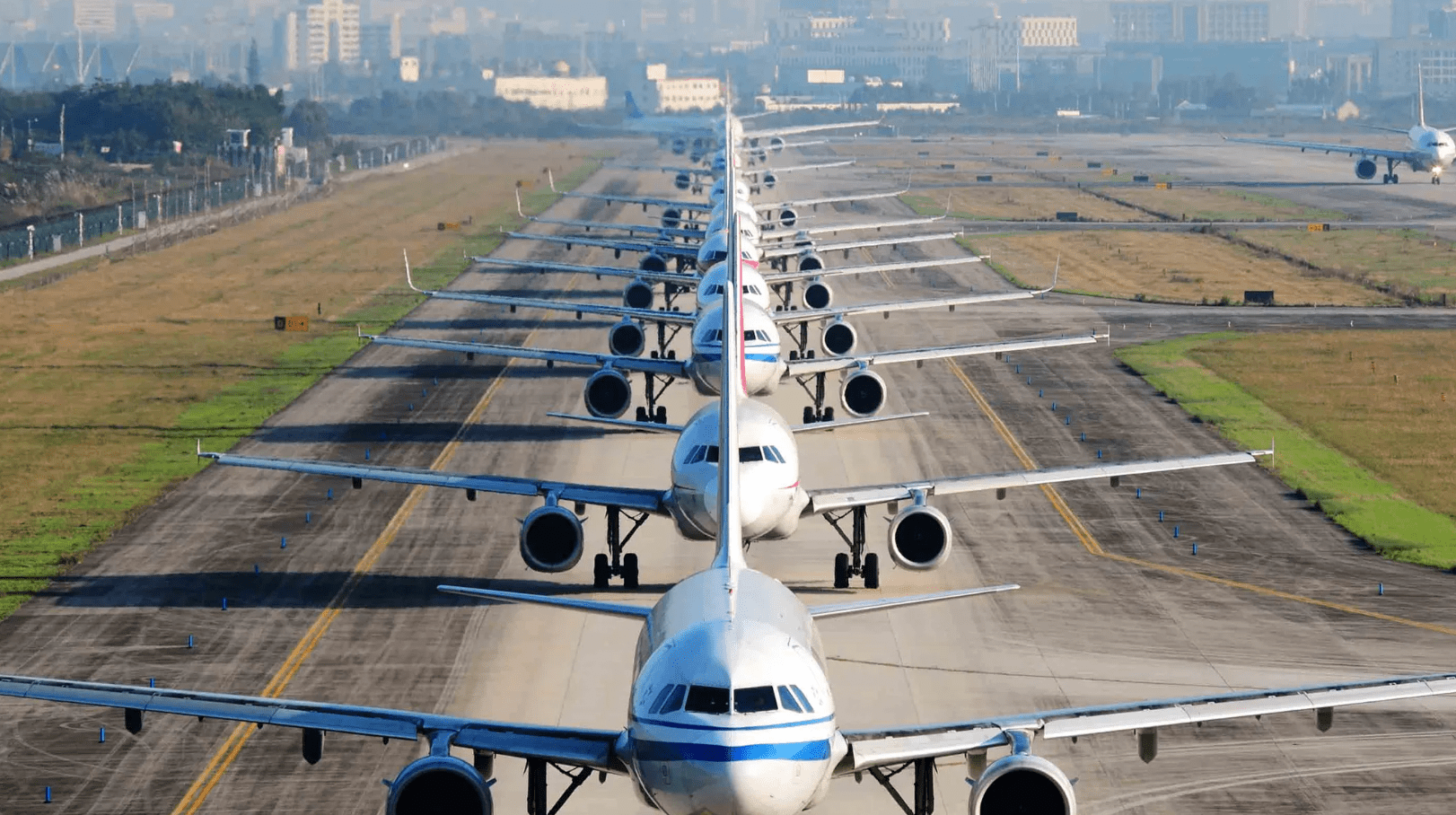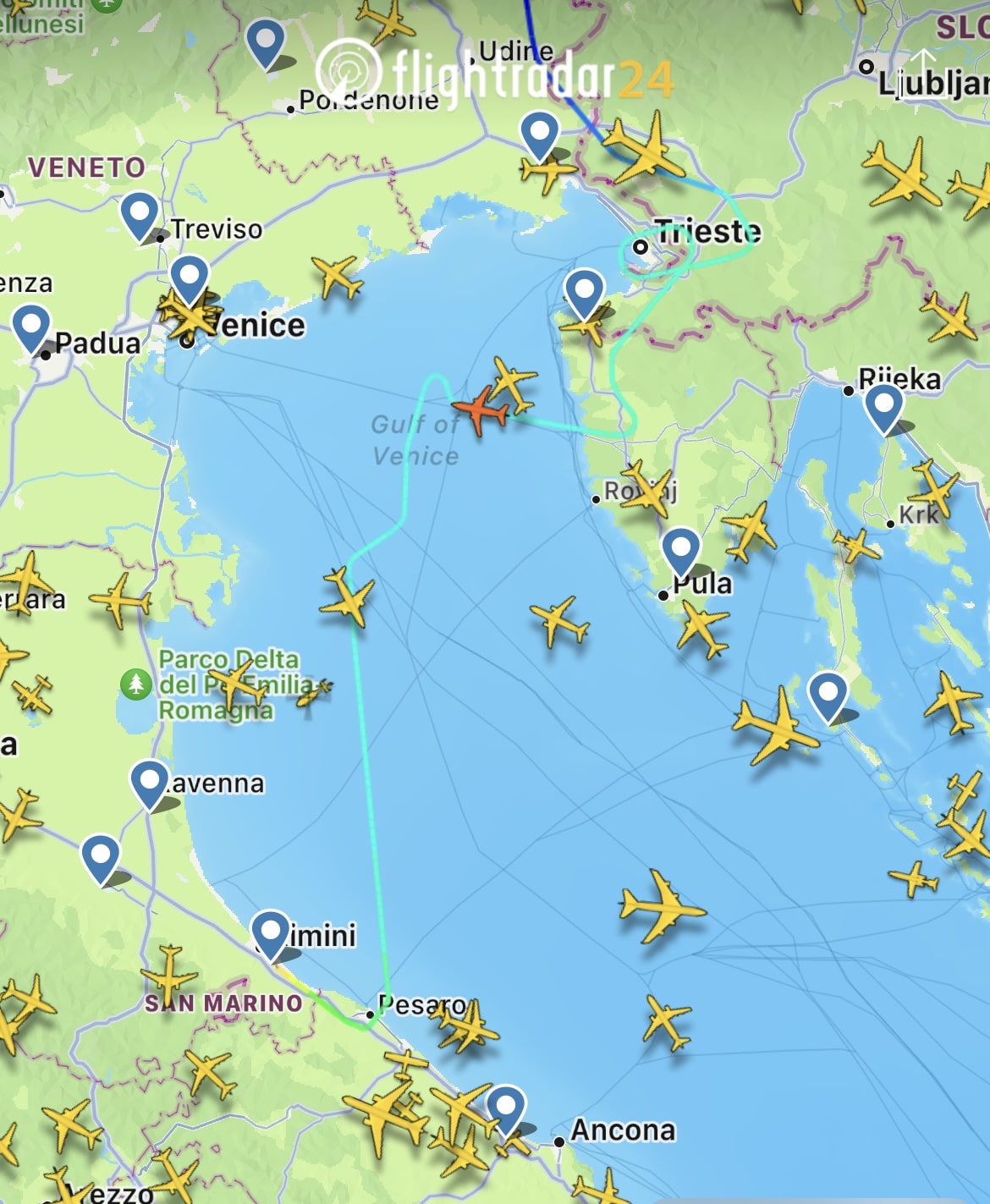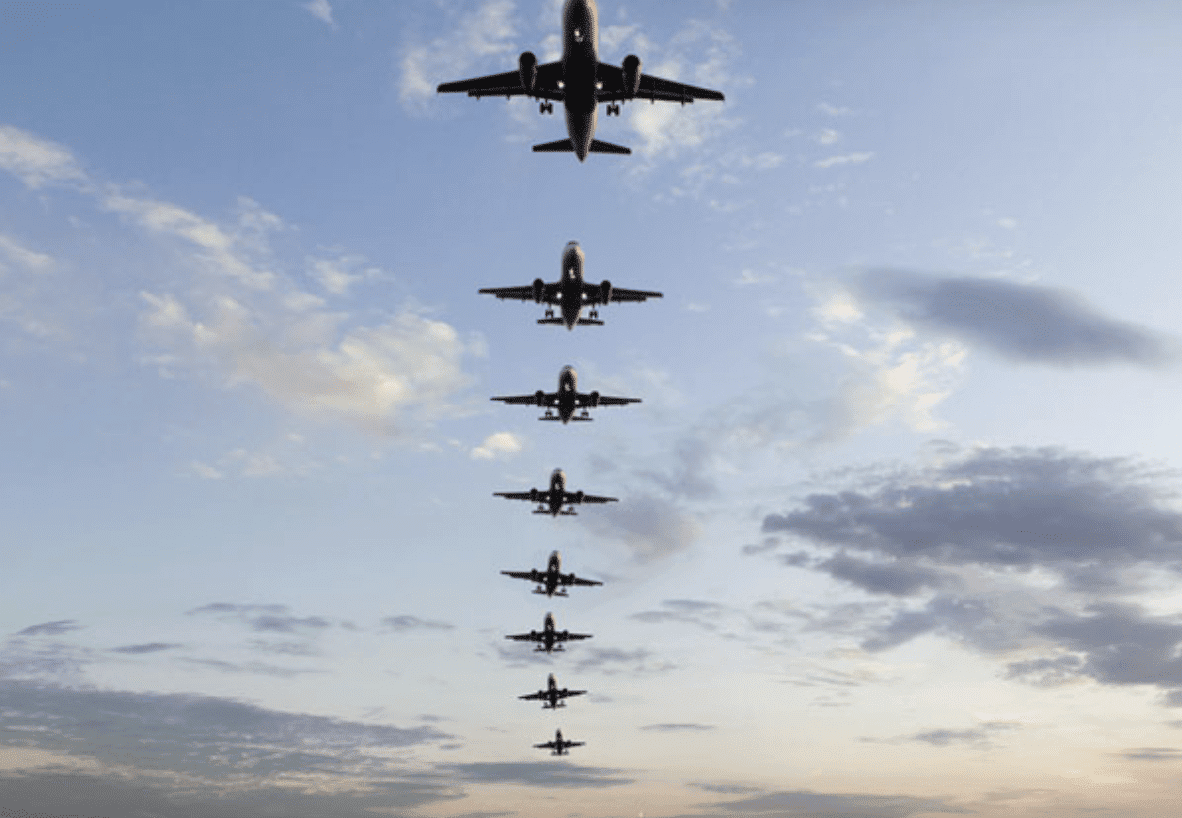
What are ATC ‘Slots’ & ‘Ready Messages’?
It’s a word nobody likes to hear just after boarding an aircraft….But what are ‘slots’? And why are passengers often made to spend multiple hours sat on a stationary plane waiting for them?
Share Post
This was a day that pushed my skills and capacity as both a Commander and a human being to the limit. It consisted of 3 main events, the second of which is discussed here. Our medical return to stand in part 1 can be found here.
Part 2 – Weather Carnage & Diversion
As we settle into the cruise and finally get a chance to catch our breath, I run through the normal fuel checks etc and then begin filling out a report for the medical return to stand we’d just navigated on the ground back in LGW. I touch base with the cabin crew to see how our passengers are, most notably the gentleman from the morning saga, and all sounds well.
We keep an eye on the weather readouts for our destination but at this point it just looked a little windy, with ‘light rain’…nothing to worry about.
Flying Southbound overhead Paris, we get reports of ‘severe turbulence’ at our flight level during the latter half of our route, so we opt to drop down to a much lower level that although burns more fuel…it was reported to be smooth. We knew we still had quite a margin of spare fuel to play with, despite the earlier return to stand at Gatwick, so we were quite happy to do this.
Once overhead the Alps, I begin my approach brief with the FO. We discuss a big threat into Rijeka as being the high terrain surrounding the airport. There are strict altitudes we can’t fly below as we get vectored onto the runway. Weather was also noted as a threat, but out weather print out is still telling us it’s still just light rain at destination with no other cause for concern, so I a goodbye PA to the passengers just before we commence our descent. Passing through 25’000ft in the descent, we have our first bit of weather showing up on our radar. Again, it looks like nothing to write home about from here. Mainly ‘Green’ radar return;
Our weather radar shows different colours depending on the intensity of the water droplet returns; Green, Amber, Red, Magenta. Green is usually just light rain, fine to fly through, passengers may will often not even notice. Amber is slightly heavier, there may be a few bumps and we avoid it if we can. Red we avoid, it could get very choppy and will be uncomfortable in the cabin. Magenta we avoid at all costs. It will likely be an area of sever turbulence and is not safe to fly an airliner through it.
As we get closer to this weather mass, it’s starting to paint a clearer picture on our radar. It’s now starting to look a little more threatening than before. What’s starting to paint infront of us is essentially looks like a mass of storm cells, interconnected, but with clear gaps between them. Although at this stage it’s still just painting green and amber, we to ask the Cabin Crew to secure the cabin now, a bit earlier than usual so we can ensure everyone will be strapped in by the time we approach that weather.
As we get closer still, the radar return looks more threatening. It’s now painting amber and red in isolated areas. However there are still clear paths of green through the worst looking parts. ATC clear us to descend to a much lower altitude, but not low enough to get ‘under’ these clouds due to the high terrain, so the plan is to zig zag our way through the green bits (pretty common practice).
Doing this is such a common practice that we don’t think much of it as we fly into the first area of green on the weather radar. As soon as we do however, the plane violently drops like nothing I’ve ever felt before. A fraction of a second later it’s aggressively thrown upwards. There are simultaneous piercing screams from the cabin. It’s so sudden that I don’t have time to monitor how much altitude we lost or gained in that split second, my hand immediately reaches out to try and grasp the heading knob. When it finally makes contact with it, I turn it 180 degrees to the right and pull. “Hell no!” is what my gut shouted.
We would usually ask ATC for permission to turn an aircraft off any cleared route, however in this case I’d been building up my situational awareness on the way in and knew there weren’t any aircraft around us. I wasn’t going to waste precious seconds asking the FO to request the turn on the radio and let us get further into whatever we’d just entered. I instructed the FO to TELL them we were turning North West, whilst still being thrown around like a paper bag. My thinking being that if there is anything Due to the rate of turn, it was another 30 or so seconds in this horrendous turbulence, worse than I’ve ever felt before. The screams continued whilst I was staring at the PFD/ND to check the aircraft was doing what I wanted it to. After what seems like a lifetime, we finally burst out the cloud back into some clear air and it’s instantaneously smooth.
I check that the FO is ok and we assess our options. It looks like we’ve popped out into a very small area of clear air, with build ups now visible out the window all around us. We elect to put the aircraft into a present position hold….essentially an orbit in the small clear area we’ve found. This is in an effort to give us some thinking time, and some space for option generation. It also allows us to check in with the cabin crew and see if everyone’s ok. Again, we tell ATC we’re doing this rather than ask. With no other planes about I don’t see this as a safety risk and this isn’t the time for to-ing and fro-ing on the radio.
During our hold, we reassess the weather as we make the turns. Our weather radar only shows us what’s directly in front of the aircraft, so we complete a full 360 hold to build our situational awareness.
By now, we can see our approach path to this end of the runway is not viable. Our weather radar is now painting a drastically different picture to what it was just before we entered the weather. It’s lots of amber, red, with areas of magenta. We have a quick discussion about fuel & alternate airport options.
In terms of alternates; We had Trieste below us, however it’s an airfield with very high terrain to navigate, an approach onto only one side and today with a stonking tailwind onto that runway. Not preferable. Venice is a viable option, it looks good from where we are. Pula looks like it’s right underneath the storm cells so we rule that out for now. Rimini is our flight plan alternate, so we’ll make sure we keep enough fuel for that regardless right now.
The FO suggests approaching Rejika from the South side and landing on the Northerly facing runway. A pretty sensible suggestion based on our radar display at the time. Our radar shows a path through the weather that looks much clearer further to the West, that would allow us to get South of the field. We have the fuel, and the approach from the South was also showing clear on our radar. We let ATC know our intentions and requested if we could approach onto the other runway. This was confirmed.
As we track West initially, I ask the FO to start setting up ‘the box’, essentially programming the aircraft for the arrival into the other runway. Whilst he does this I check in with the Cabin Crew over the interphone. It sounds like all the passengers are shaken but ok. I’m informed that one of the crew banged their head on a canister behind them but is fit to continue operating. I make a mental note to go check in with him once on the ground. I also do a quick PA to the passengers mainly for reassurance.
We’re now at the point we picked out to start transitioning to the South, so we turn Southbound through what still looks like a much clearer path than before.
Exactly the same as before…..the plane get thrown around like a paper bag as soon as we get anywhere close to this line of weather. My gut instincts kick in again and we immediately turn the plane around without hesitation. I said I’m absolutely not trying that again. I suggest we go a very long way around the storm to get us South of the field to land. Our radar shows an edge to these cells that looks quite defined. It would add around 60 track miles to our approach but we have sufficient fuel for this, whilst keeping our alternate fuel intact.
As we start to plan the journey round, we get word from Rijeka ATC that military aircraft on the ground have heard about our plan, and are advising us the airport is unlandable due to the approach both ends fraught with huge storm cells. Our radar still wasn’t showing them, so maybe it wasn’t piercing through the thick layer of storms in front of us.
Either way, if the military class it as unlandable, we’re not trying it. We had 30 minutes of holding fuel, but looking at this storm, it wasn’t going to clear in that time so we immediately scrapped Rijeka as an option.
At this point the CC calls again to ask if we’re ok, and for an update. I explain we’re all good, just heads down trying to sort a plan. I’ll get back to them and the passengers once we know what we’re doing. Nothing worse than a PA from the Captain who sounds unsure of a plan!
During our earlier orbit we had discussed Venice as an option for plan B. Although Rimini on the West Coast of Italy was our designated alternate on the flight plan, Venice is much closer to our destination, a much better equipped airfield and also an easyJet base which massively helps with logistics once we’re on the ground. It looked clear on our radar screen from where we were and the previous METARS had been ok, so we pointed the plane there whilst still dodging other cells and requested the diversion. We designate Venice as our new Plan A and Rimini as Plan B.
As we got a little closer however, our radar screen filled up with a wall of red, directly overhead Venice. When we were finally handed over to their radio frequency, all chaos was erupting as we tuned in. We heard various calls from distressed sounding pilots, including phrases ‘low fuel’ and ‘unable to hold’ mixed with ‘unable to land’. I didn’t fancy joining that party.

It was time to pull the trigger on what was originally our plan C; Rimini. I’d never been there, and it was a little further away than Venice, but on our radar it looked clear. We had already got the weather for it and it was reading calm winds & clear skies, so we pointed the plane there.
During the 20 minute flight there, I handed control to the FO once again to free up my capacity. A PA to the passengers was made, the box set up, a full brief done, and new plan B made.
Then it was just time for a final review. The adrenaline had been pumping for both of us for the last 25 minutes now so this was an opportunity to take a breath, slow everything down and share between us a review of where we were at, what options we had available to us and double check our thinking with eachother.
We were both happy with the plan so we continued to Rimini. We touched down with no issues and taxied onto the very tight apron, which is where the fun really began…..


It’s a word nobody likes to hear just after boarding an aircraft….But what are ‘slots’? And why are passengers often made to spend multiple hours sat on a stationary plane waiting for them?

Airline pilots have to make critical decisions under pressure and today was no different. Here’s an insight into the process behind one…
Copyright © 2024 Pilot Bible